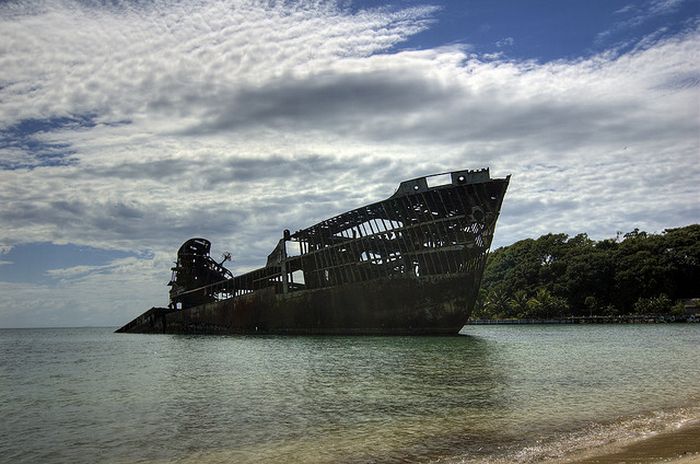|
|
Shipwreck
|
Wrecks are often considered separately from their cargo. For example, in the English case of the Lusitania QB 384 it was accepted that the remains of the vessel itself were owned by the insurance underwriters who had paid out on the vessel as a total loss by virtue of the law of subrogation (who subsequently sold their rights), but that the property aboard the wreck still belonged to its original owners (or their descendants).
Military wrecks, however, remain under the jurisdiction–and hence protection–of the government that lost the ship, or that government's successor. Hence, a German U-boat from World War II still technically belongs to the German government, even though the Third Reich is long-defunct. Many military wrecks are also protected by virtue of their being war graves.
However, many legal systems allow the rights of salvors to override the rights of the original owners of a wreck or its cargo. As a general rule, non-historic civilian shipwrecks are considered fair game for salvage. Under international maritime law, for shipwrecks of a certain age, the original owner may have lost all claim to the cargo. Anyone who finds the wreck can then file a salvage claim on it and place a lien on the vessel, and subsequently mount a salvage operation.
Some countries assert claims to all wrecks within their territorial waters, irrespective of the interest of the original owner or the salvor. Wartime wrecks have different legal considerations, as they are often considered prizes of war, and therefore owned by the Navy that sunk them.
|
|









